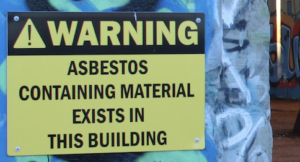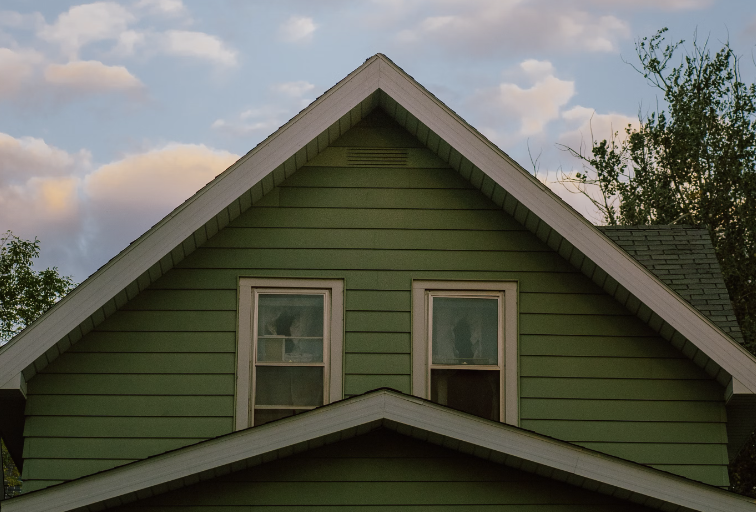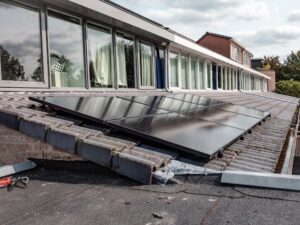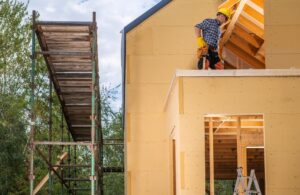Asbestos, once lauded for its resistance to heat and corrosion, found its way into numerous building materials, including siding, especially during the mid-20th century. This guide delves into the history, risks, and prudent measures surrounding asbestos siding replacement in Minnesota, providing homeowners with a comprehensive understanding and safe solutions.
The Rise and Fall of Asbestos Siding
Asbestos siding, composed of asbestos fibers mixed with cement, emerged as a popular choice in the early 1900s. Its history is deeply intertwined with the architectural evolution of the 20th century. In Minnesota and across the United States, the post-World War II housing boom saw a surge in its use. It was a time of innovation and rapid construction, and asbestos shingles offered a seemingly perfect solution: they were fireproof, resistant to pests, and provided excellent insulation. However, by the late 20th century, its severe health implications came to light, leading to a decline in use.
Manufacturers heavily marketed asbestos siding for its longevity and low maintenance. It was considered a modern and forward-thinking choice, appearing in countless suburban homes and public buildings. The substance was so revered that its dangers were overlooked until much later when the health implications became impossible to ignore.
The Hidden Danger: Health Impacts of Asbestos

Asbestos exposure has been linked to serious health issues. According to the World Health Organization and numerous studies, asbestos fibers, when inhaled, can cause lung cancer, mesothelioma, and asbestosis. These conditions often develop years after exposure, making it a silent but deadly hazard. The health risks associated with asbestos siding, especially when damaged or disturbed, cannot be understated.
DIY Asbestos Siding Removal: A Risky Endeavor

For homeowners wondering, “Can you paint asbestos siding?” or considering DIY removal, caution is paramount. While painting might temporarily seal asbestos fibers, it’s not a long-term solution. As for removal, proper Personal Protective Equipment (PPE) and equipment are crucial. This includes respirators, protective clothing, and adherence to safety guidelines. However, the complexities and risks involved often make DIY removal an unwise choice.
If you’re considering DIY asbestos siding removal, it’s crucial to prioritize safety and follow each step meticulously:
- Legal and Safety Check: Before starting, check local regulations regarding asbestos removal and disposal. Obtain any necessary permits.
- Preparation: Notify neighbors as a courtesy, as removal can release asbestos fibers. Choose a calm, windless day to minimize fiber dispersion.
- Safety Gear: Equip yourself with an approved respirator, disposable coveralls, gloves, and eye protection. Remember, regular dust masks are not sufficient.
- Area Setup: Seal off the work area with plastic sheeting to contain any released fibers. Place warning signs to keep uninvolved individuals away.
- Wet Down: Use a low-pressure garden sprayer to wet the siding before and during removal. This helps reduce airborne fibers.
- Careful Removal: Avoid breaking the siding. Gently remove whole pieces if possible, using hand tools rather than power tools to minimize dust.
- Disposal: Place removed siding in labeled, sealed, heavy-duty plastic bags. Never use regular garbage bins for disposal.
- Cleanup: Carefully clean the area with wet mops and rags. Avoid sweeping or vacuuming, which can spread fibers.
- Post-Removal: Dispose of your disposable coveralls and clean your respirator and goggles. Shower immediately after finishing the work.
- Professional Disposal: Contact a certified facility for asbestos waste disposal. Follow their guidelines strictly.
Despite these guidelines, it’s crucial to remember that the risks of DIY removal can outweigh the benefits. Missteps can lead to long-term health hazards and potential legal issues if protocols aren’t followed.
Trusting the Experts: A Safer Approach
In Minnesota, some homeowners may qualify for asbestos siding removal grants, aiding in the cost of safe removal. Once removed, proper disposal is critical. Asbestos waste requires specialized handling and should be taken to designated facilities. Research local regulations and consult professionals for guidance.
Given the risks, asbestos siding removal is best left to experts. Professionals like Compass Exteriors are equipped with the knowledge, experience, and equipment to safely remove and dispose of asbestos siding. Their expertise ensures compliance with regulations and minimizes health risks.
Modern Alternatives for Siding Replacement
Once asbestos siding is safely removed, homeowners have the opportunity to choose from a variety of modern, safe, and aesthetically pleasing siding options. These contemporary materials offer improved energy efficiency, durability, and a wide range of styles to suit any architectural design. Here are some popular choices:
- Vinyl Siding: Vinyl is one of the most popular siding materials in the United States. It’s cost-effective, low-maintenance, and comes in a wide array of colors and textures. Vinyl siding can mimic wood, stone, or slate, and is resistant to weathering, rot, and pests.
- Fiber Cement Siding: This material, composed of cement, sand, and cellulose fibers, offers the appearance of wood but with greater durability. It’s fire-resistant, termite-proof, and can withstand harsh weather conditions. Brands like James Hardie offer high-quality fiber cement products that are particularly popular.
- Engineered Wood Siding: Engineered wood, made from wood fibers and exterior-grade resins, offers the natural beauty of wood without the high maintenance. It’s more stable and resistant to moisture and decay than traditional wood siding.
- Metal Siding: Typically made from aluminum or steel, metal siding is durable, fire-resistant, and recyclable. It’s an excellent choice for contemporary or industrial-style homes and is particularly effective in harsh climates.
- Composite Siding: Composite materials, often made from a mixture of wood fibers, plastics, and binders, are designed to mimic the appearance of natural wood but with increased durability and lower maintenance requirements.
- Stone Veneer Siding: If you desire the look of natural stone, stone veneer siding is a lighter, more cost-effective option. It adds a luxurious and timeless appeal to any home.
- Stucco Siding: Stucco, a mix of cement, sand, lime, and water, offers a Mediterranean aesthetic. It’s highly durable and provides excellent insulation.
- Brick Veneer Siding: Brick veneer gives the appearance of solid brick but is lighter and often more cost-effective. It offers a classic look with good insulation properties.
When choosing a replacement for asbestos siding, consider factors such as the architectural style of your home, the local climate, maintenance requirements, and your budget. Companies like Compass Exteriors can provide expert advice and installation services, ensuring that you choose the best material for your home’s needs and aesthetic preferences.
Conclusion
Asbestos siding, a relic of the past, poses significant health risks. While DIY removal is possible with proper precautions, the complexities and dangers involved make professional assistance the wiser choice. With the help of experienced contractors like Compass Exteriors, homeowners in Minnesota can safely navigate the process of asbestos siding replacement, ensuring a secure and beautiful home for years to come.











